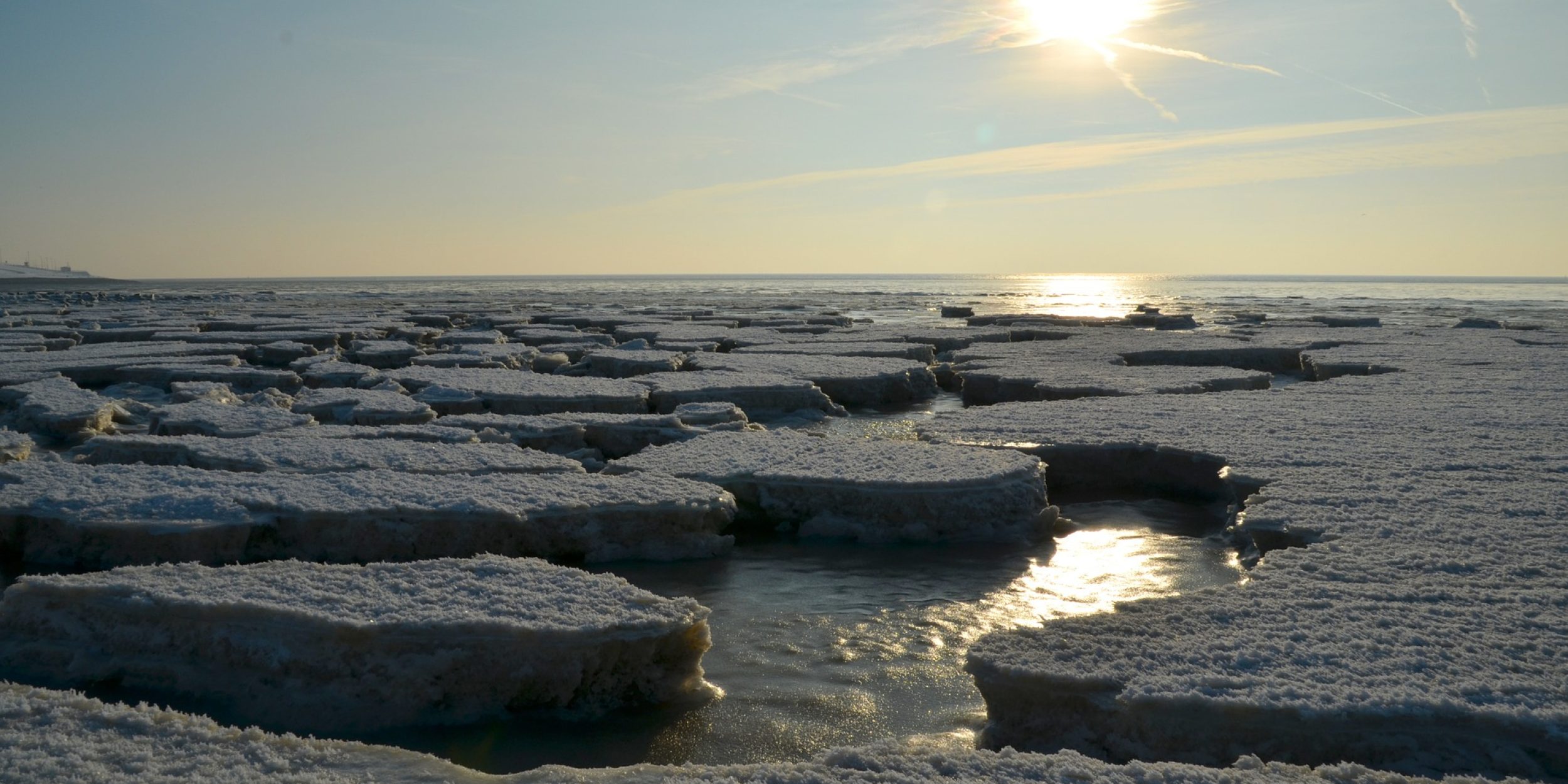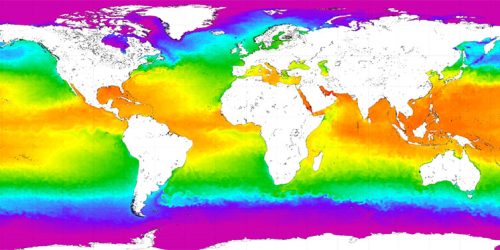In the Arctic, rising temperatures and decreasing sea ice could lead to increasing concentrations of marine sulfur aerosols emitted by biological sources such as phytoplankton. Aerosols, or particles in the Earth’s atmosphere, impact cloud formation and thus influence how much energy the Earth absorbs, aka the Earth’s radiative budget. Previous studies in the region have already noted long-term increases in sulfur aerosols attributed to biological marine sources presumably due to less sea ice and higher sea surface temperature encouraging producer emissions. Researchers funded in part by CPO’s Atmospheric Chemistry, Carbon Cycle, & Climate (AC4) program have collected new aerosol data over three summers at two coastal sites on the North Slope of Alaska, combined with past data from NOAA, to explore if these previous increases in sulfur aerosols are still expanding. Their results, published in the Journal of Geophysical Research: Atmospheres, show that sulfur concentrations at the two sites continue to increase at more than 2% per year with ambient air temperature playing a large explanatory role. Additionally, they found evidence of the sulfur aerosols emitted from primary sources condensing onto anthropogenic particles, highlighting a connection between marine and oil field emissions and organic carbon that should be further investigated.
Marine Sulfur Aerosols Increase in the Alaskan Arctic











